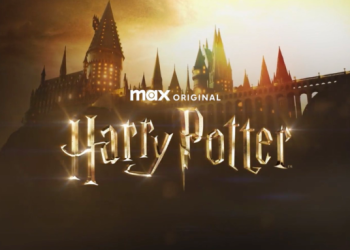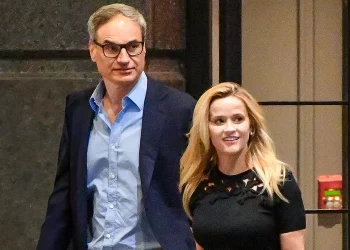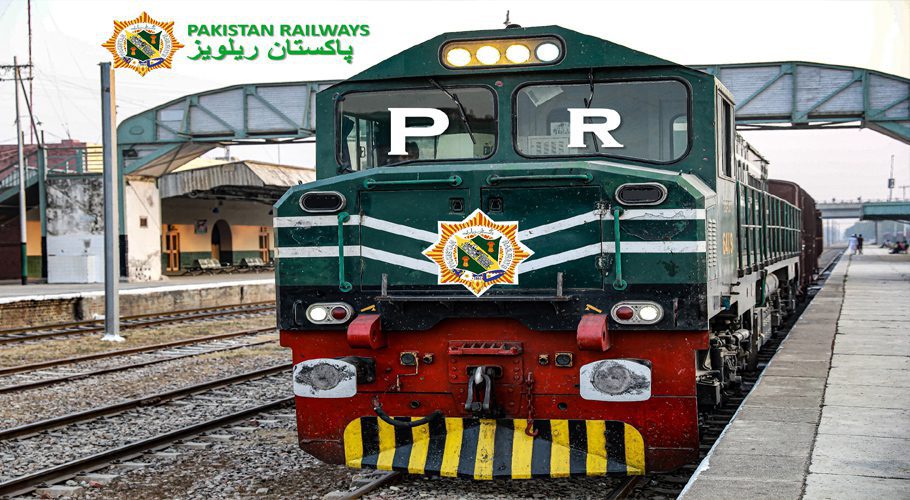BRUSSELS: The European Space Agency (ESA) has shared a stunning image of two young stars in the process of formation, captured by the James Webb Space Telescope (JWST).
But what has caught the attention of astronomers is a mysterious object that resembles a giant question mark in the sky.
The image, released by ESA last month, shows the twin protostars Herbig-Haro 46/47, which are located about 1,470 light years away from Earth.
These stars are not fully formed yet and are still surrounded by a cloud of gas and dust. They are also very active and emit powerful jets of material that collide with the surrounding medium, creating bright shocks that glow in infrared light.
The JWST, which was launched in December 2021 and is the most powerful space telescope ever built, used its Near Infrared Camera (NIRCam) to capture this image. The NIRCam can see through the dust that obscures the visible light and reveal the hidden details of the star formation process.
???? Webb has captured the ‘antics’ of a pair of actively forming young stars, known as Herbig-Haro 46/47. This is the most detailed portrait of these stars. Read more: https://t.co/yBZw1wLrTL or ???????? pic.twitter.com/aqgLw9eG0w
— ESA Webb Telescope (@ESA_Webb) July 26, 2023
However, the most intriguing part of the image is a glowing red question mark that appears in the lower centre. The object is not related to the protostars and is much farther away from them, possibly billions of light-years, according to Christopher Britt, an education and outreach scientist at the Space Telescope Science Institute (STScI) in Baltimore, which manages JWST’s science operations,
He said the clues that support this hypothesis are found in the shape of the question mark. There are two bright spots, one in the curve and the other in the dot, which could be the centers of the galaxies.
The curve of the question mark might be the result of gravitational forces pulling out streams of stars and gas from the galaxies as they spiral toward each other.
David Helfand, an astronomer at Columbia University, says that our brains are wired to find patterns in random data and that there are many examples of serendipitous images in astronomy.
For example, another pair of merging galaxies captured by the Hubble Space Telescope in 2008 also looked like a question mark, just rotated 90 degrees.
Helfand says that it is possible that the question mark is not one object but two or more that happen to align from our perspective. They could also be unrelated objects that have different distances from us.





































